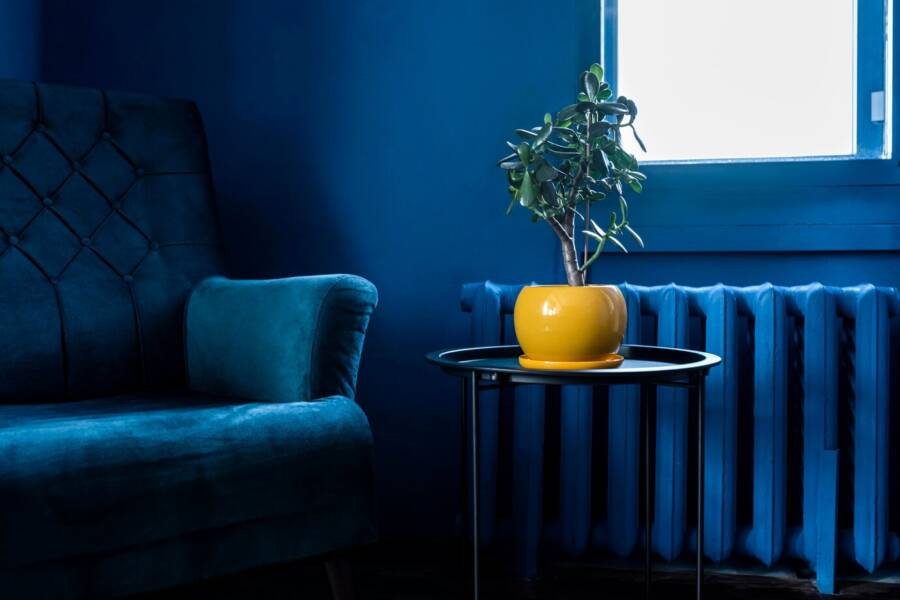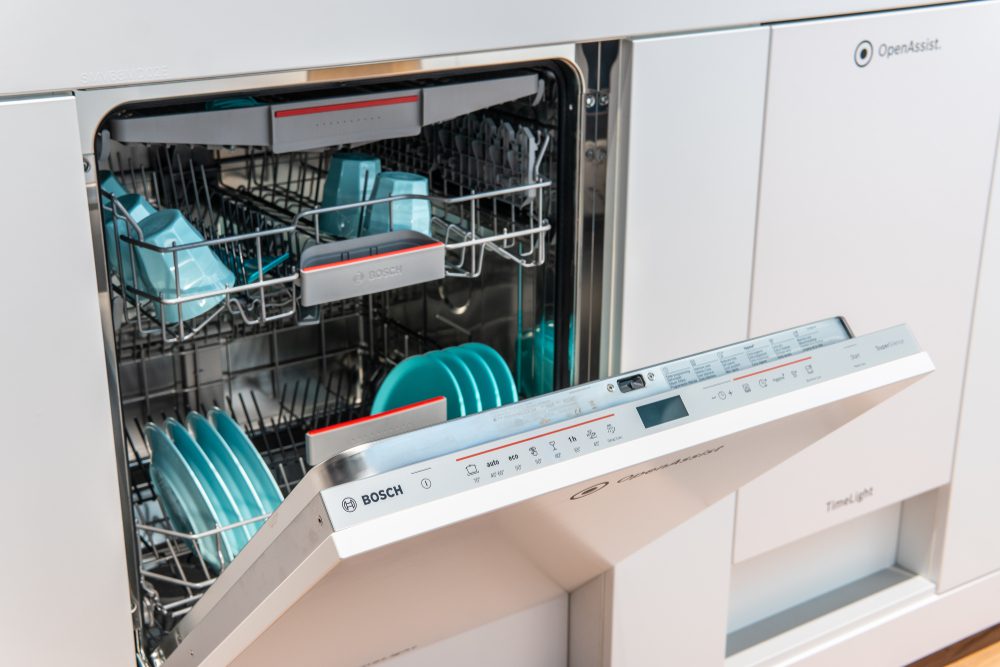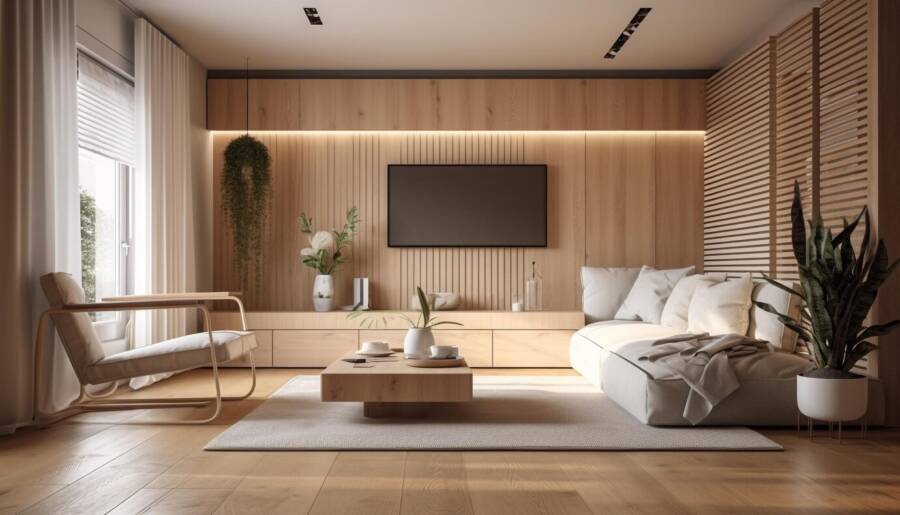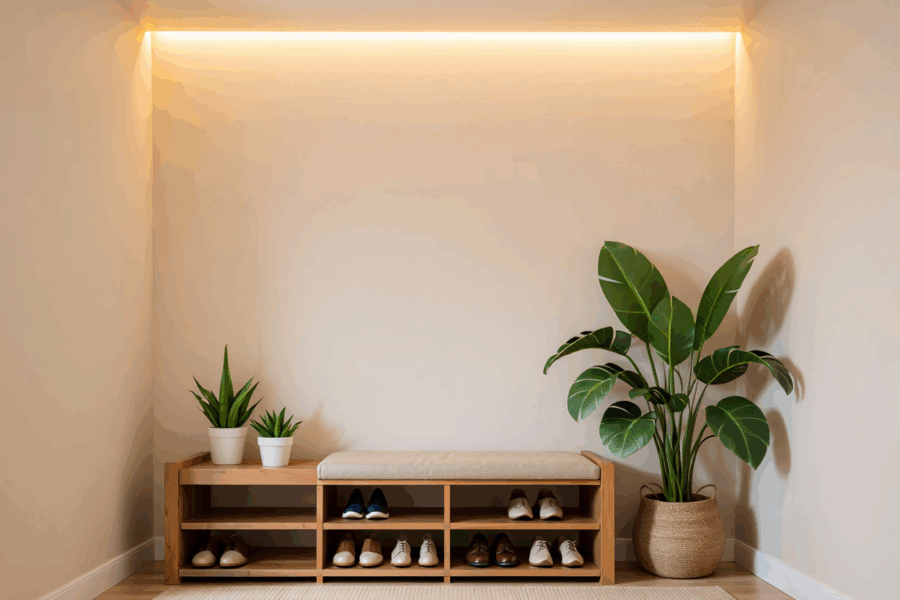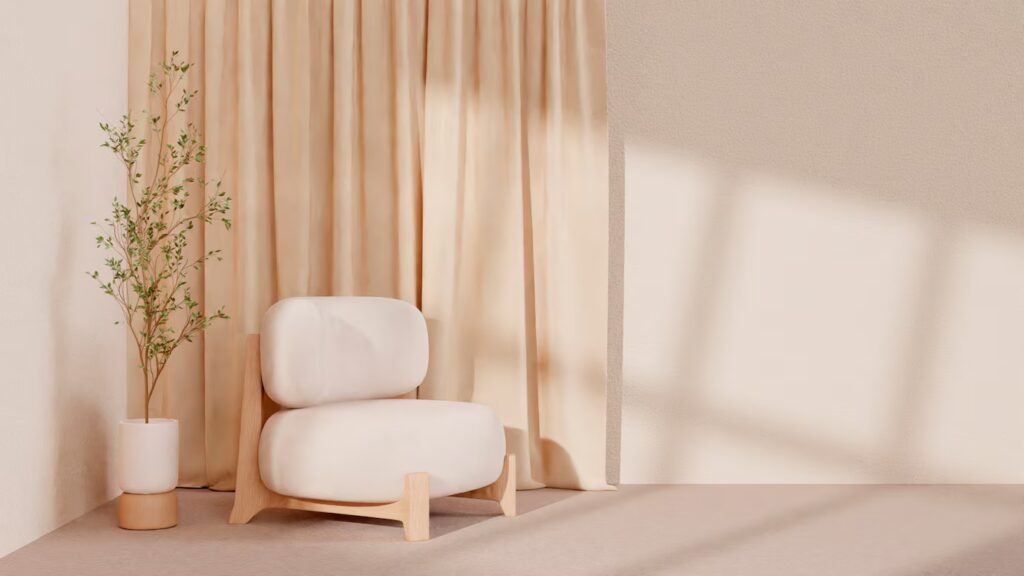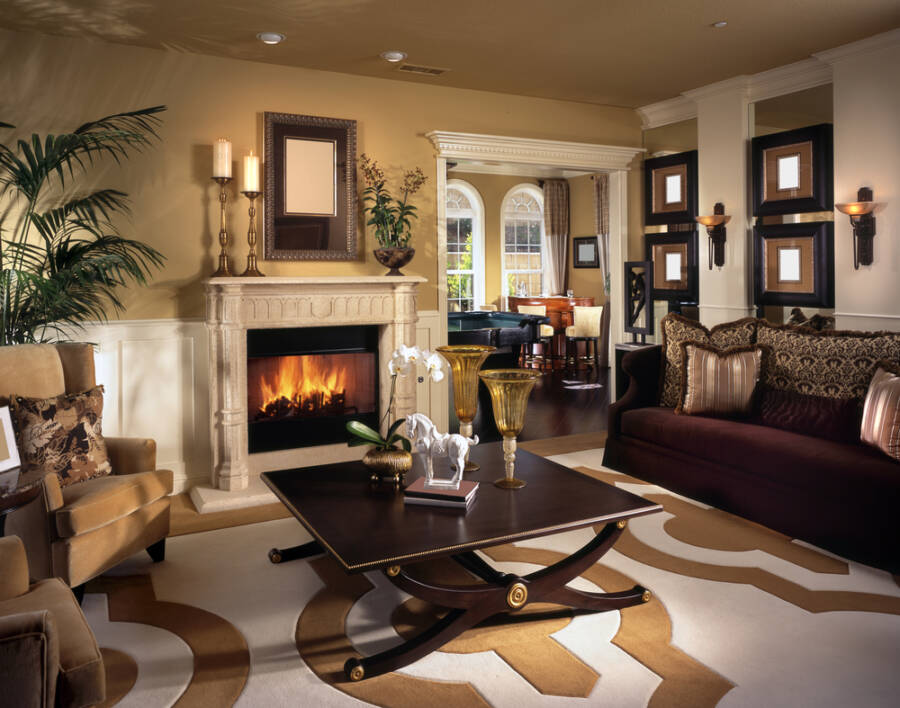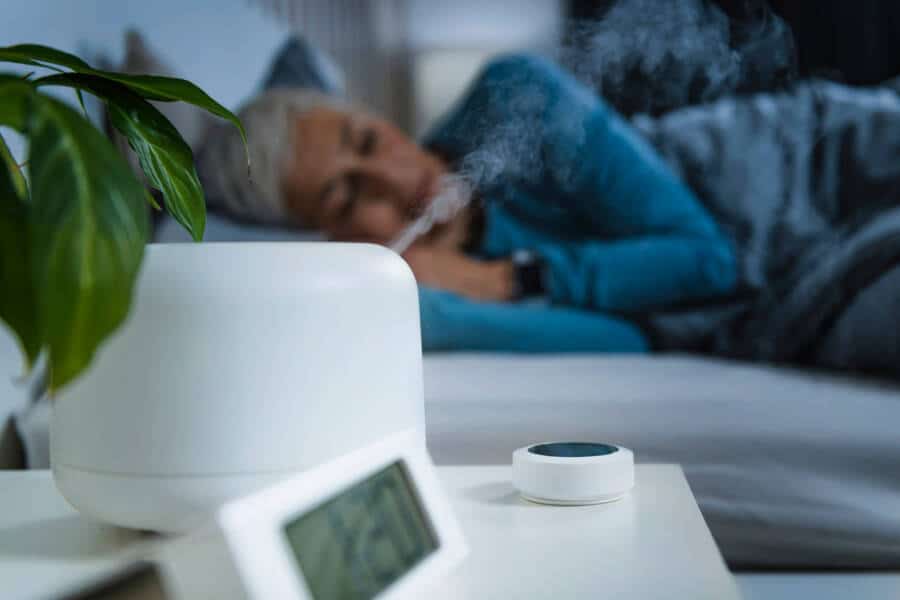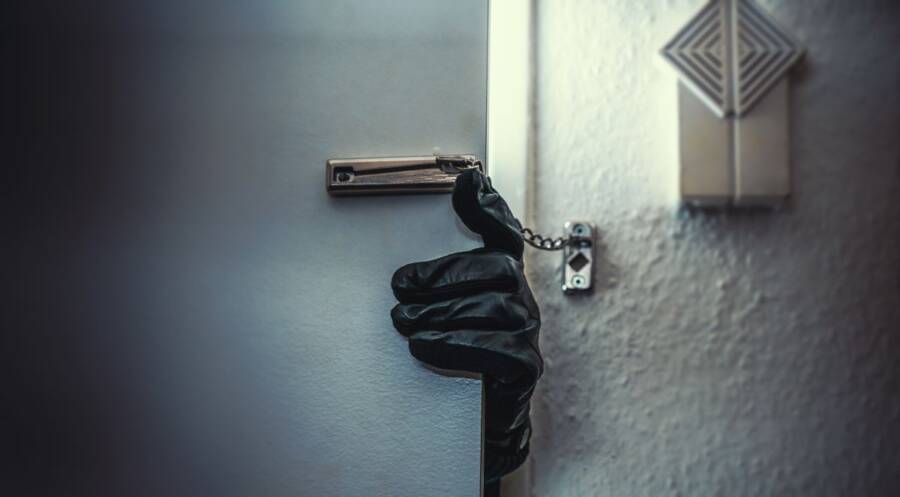Learn about all the fire safety hacks to make sure your home is safe from a fire hazard!
We’re all guilty of leaving our appliances connected to the outlet even when we’re not using them. From the coffee maker and alarm clock in the morning to the last lamp is turned off at night, it guarantees that we can stay warm and comfortable, cook dinner, read in bed, clean our clothes and dishes, and, well, go about our daily lives. It’s also a strong force that, if we’re not careful, can be absolutely harmful to our household.
You may not be aware but according to the National Fire Protection Association (NFPA), wiring, lighting, cords, and plugs are involved in over 32,000 home fires annually. Terrifying! Most of us rely on the practices we’ve learned over the years from our parents mostly because we don’t really receive a class on electrical safety. Since common knowledge doesn’t always cover everything, it might not be enough.
For this article to happen, we turned directly to the experts to learn what we truly need to know about using electricity safely at home; these are their suggestions for maintaining the safety of your house.
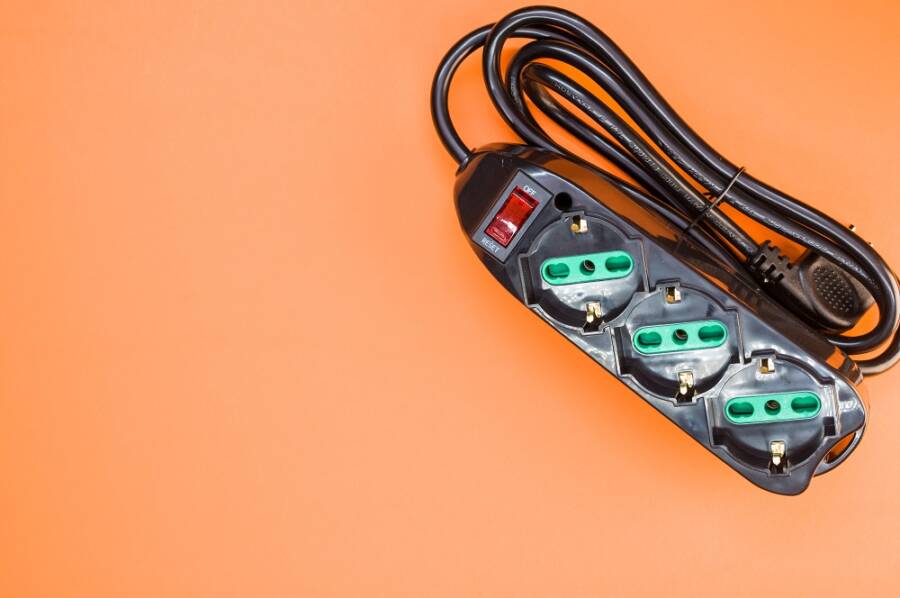
Stop using the extension cord
Are you living in an old house? Then you should stop using the extension cord. Why? Outlets might be dispersed and/or positioned in weird spots. Things like these may happen in recently built apartments or houses, so it’s better to be safe rather than sorry.
Because of this issue, we’re all tempted to grab an extension cord to make sure we get electricity where we need it. While usually there is nothing wrong with this, for small appliances like the toaster or the sandwich maker, it’s better for the safety of your home to make sure all the big appliances like AC or heaters are plugged into a wall outlet.
If (underlining the if) it is mandatory to use extension cords never put them under a rug or a cloth. According to the NFPA, heat accumulation close to burning objects can cause fires. And an extension cord that has been tucked under a carpet is certainly one of those.
Ensure the outlets don’t overheat
We frequently want to use multiple appliances at once, and kitchen outlets are workhorses that supply power to a variety of small and large appliances. However, the NFPA advises us to be cautious when using these outlets and to only plug in one heat-producing device at a time.
To prevent wire overheating, ensure your toaster oven and microwave are plugged into separate outlets. Apply the same practice to your coffee maker.
Buy the right kind of light bulbs
One of the best fire safety hacks is to choose the right bulb for your household. But with a plethora of options available, which one is the “best one?” Well, for those who don’t know, there should be a sticker on the light socket, which is where you screw in the light bulb, but it could also be on the light fixture itself, which indicates the maximum wattage.
According to electricians, a fire may start or the light socket may melt if you use a bulb that is higher power than what your fixture is designed for. Therefore, spend some time determining the wattage you require and maintaining that level.
Did you manage to determine what kind of light bulbs you need, but most of them are pretty expensive? On Amazon, you have a great deal! For only $15.99 you can buy a set of 6 A19 LED light bulbs, 40-watt equivalent LED bulbs. This set is with warm white, but you can also choose from soft white, natural white, daylight, and cool white.
Avoid smoking inside the home
It may sound weird, but many people who smoke indoors don’t think that this can cause a huge fire. Think about it like this: most households have a ton of flammable items in them, and you never know when you might accidentally drop your cigarette on the rug, if you don’t pay attention, it can start burning right away.
If you do decide to smoke indoors, be sure that nothing flammable is around you. Additionally, there is a significant risk of fire when cigarettes are tossed improperly. Double-check that cigarette butts are disposed of safely. To avoid any fire hazard, it’s recommended to soak them in a bit of water before throwing them in the bin.
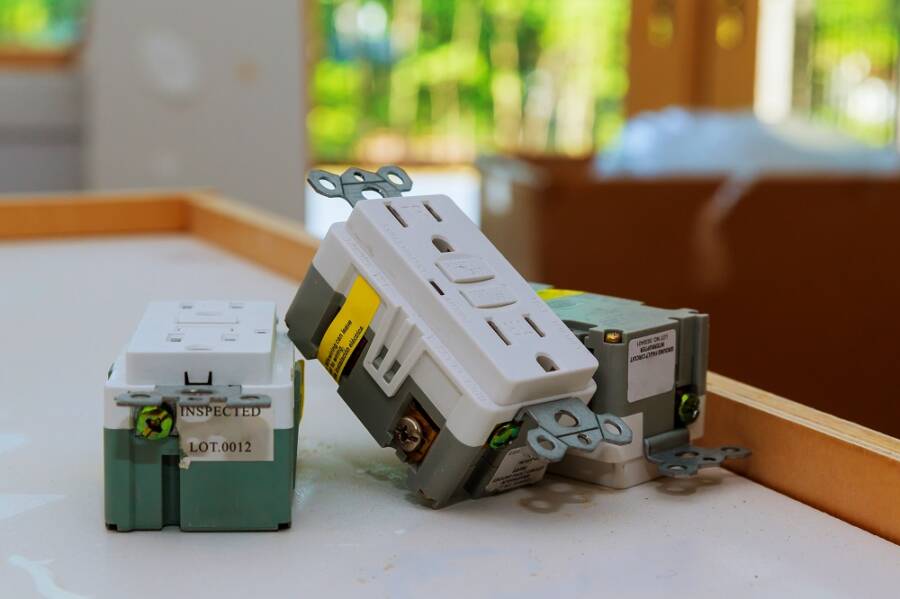
Use GFCIs
What is a GFCI? For what do we need to use them? A safety feature known as a ground-fault circuit interrupter (GFCI) will cut off an electrical circuit in the event of a shock hazard. All outdoor outlets, as well as bathrooms, kitchens, garages, and basements, should have GFCIs installed.
According to electricians, GFCIs can also be set up at electrical panels as circuit breakers if replacing the outlets is not practical. GFCIs are usually installed as receptacle outlets, which are identified by the “Reset” and “Test” buttons.
GFCIs would decrease electrocutions and prevent thousands of electrical burn and shock injuries that still happen in and around the home each year if more homes installed them. So if you have a trustworthy electrician to help you out, buy your GFCI from Amazon today, and tomorrow have it installed in your home.
Oh, and don’t forget to test them before using them to be sure they’re working accordingly. But if you have them installed by a professional, they will know what to do.
Regularly check your home’s electrical system
Besides taking into account all these fire safety hacks mentioned above, you must also check your home’s electrical system regularly. Look for indications of heat damage in the wall sockets because, over time, sockets made of plastic may melt and turn discolored, which could be the first sign that something is wrong.
Check your loft, stair cabinets, and any other areas where exposed wiring may be present. Verify that no mice, rats, or other pests have nibbled or yanked away the plastic insulation from the wires.
Double-check that your fuse boxes are not overloaded and that they were installed correctly. It might be necessary to replace older fuse boxes.
Never use the DIY method (especially when it narrows down to electricity!)
It’s cheaper, and if you already know how to do it, why spend money on a qualified electrician to help you get the job done? Right? Well, yes, but you will end up playing with fire (literally) because you wanted to keep it low-cost.
To ensure the safety of you and your family, your house, and the things you value most, always hire a qualified electrician to do electrical work in your home. They have been certified in the code requirements and installation techniques.
Install a sprinkler in your kitchen
I think we can all agree on the fact that a house fire is something that nobody wants to go through; you may think that DIY is going to help you save some money, but in the long run, this might end up costing enough with huge financial damage in case of a fire hazard.
But if you follow all these fire safety hacks mentioned in the article, plus consider installing a sprinkler in your kitchen, you will be safe and sound. The sprinkler system will activate to prevent damage in addition to warning you of approaching danger, which is an advantage over a basic smoke or fire alarm. This is perfect for added peace of mind if you are also frequently away from home.
You may also want to read about Transform Your Apartment: 5 Genius Tips to Upgrade Any Space on Any Budget.

